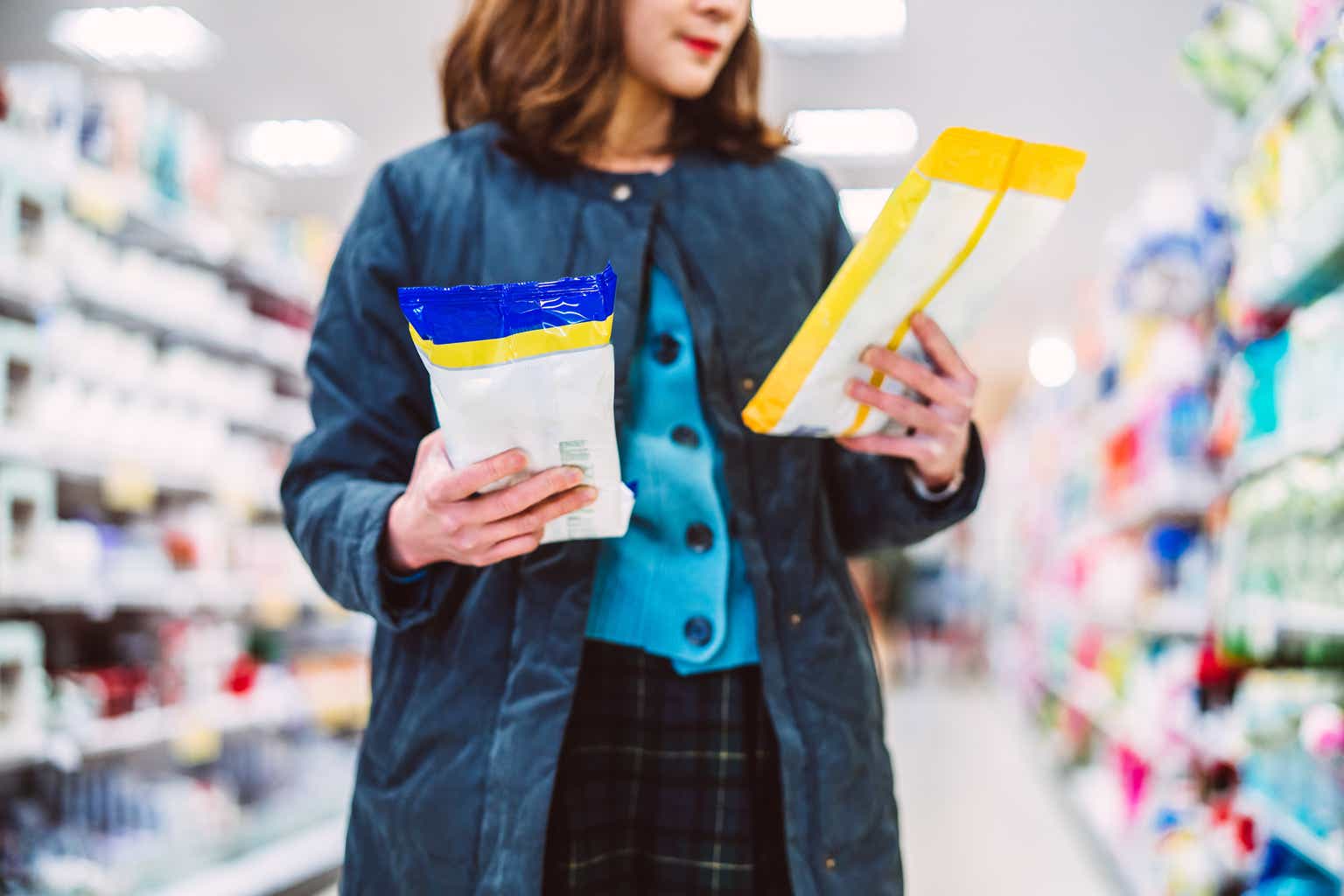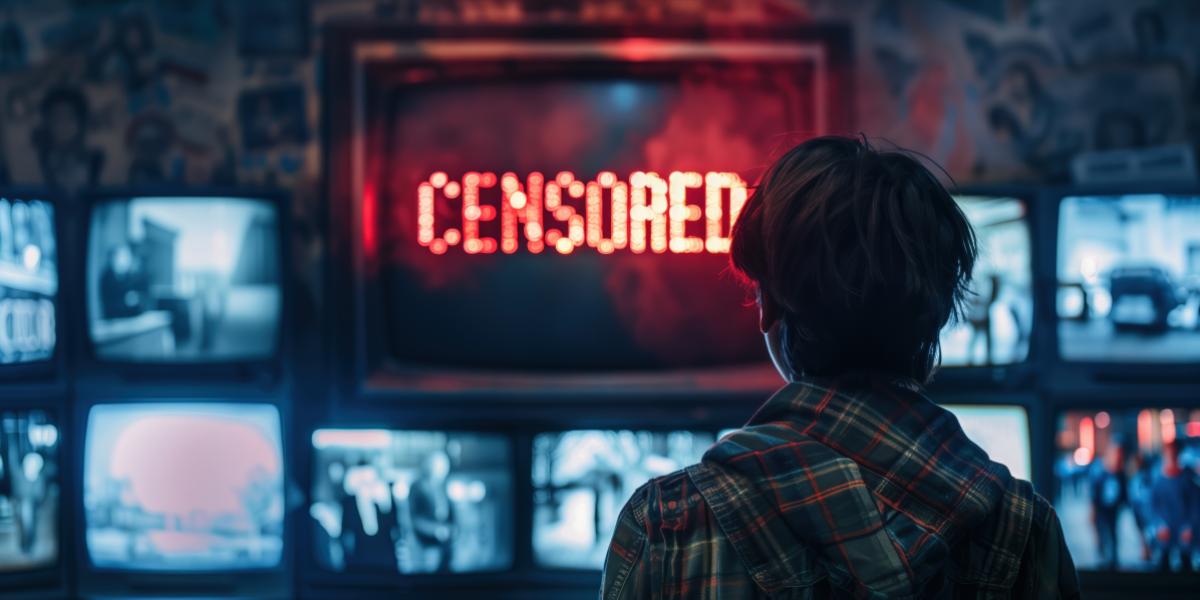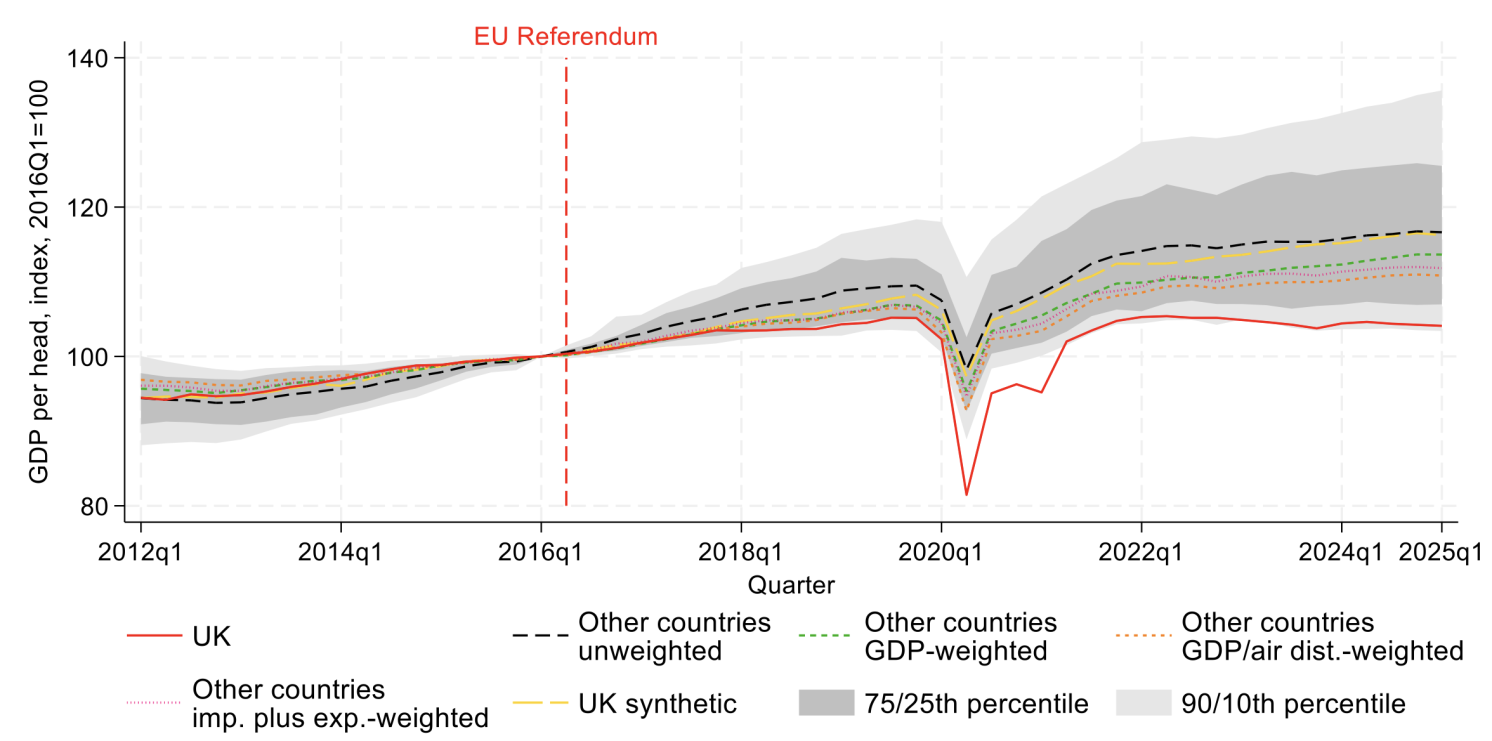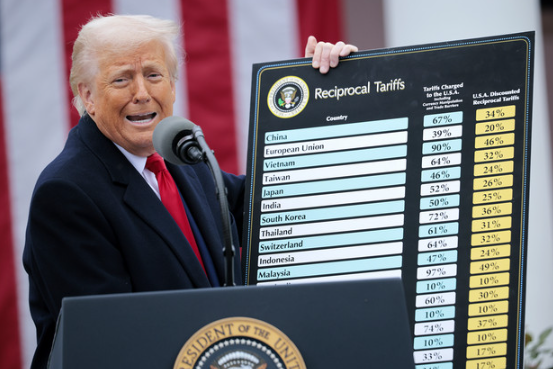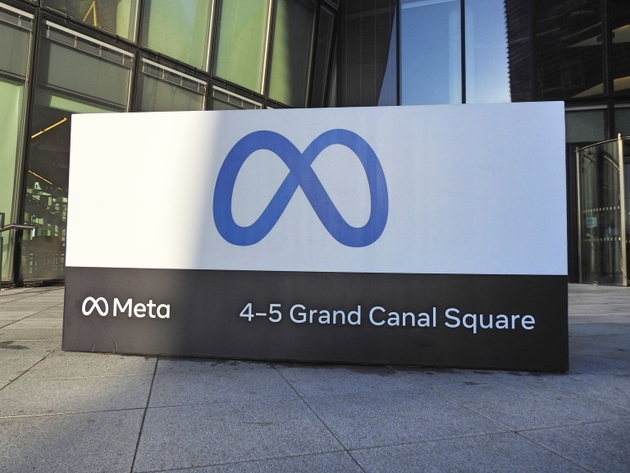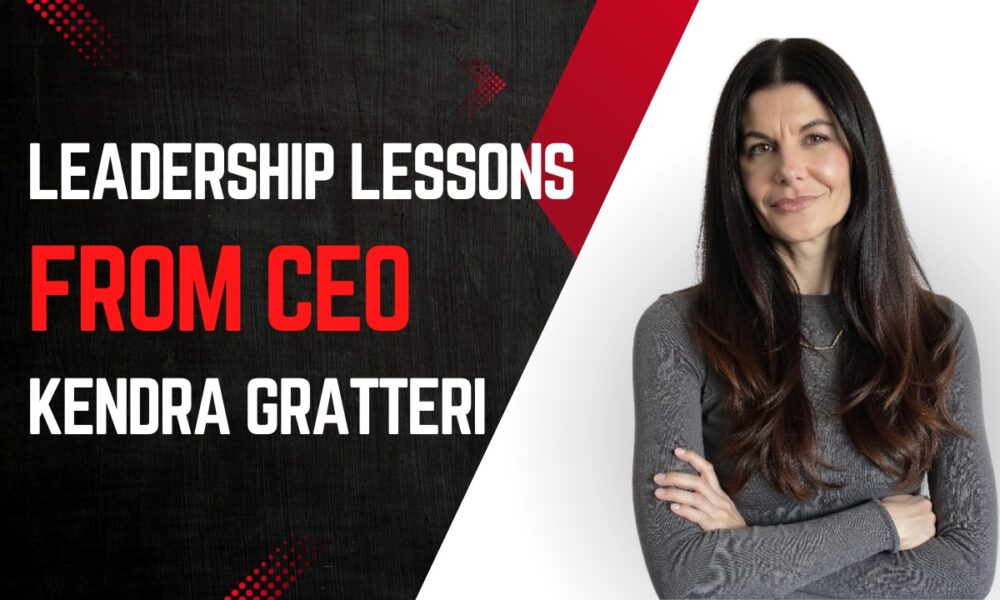In March 2009, with the British economy in freefall, the Bank of England under Chairman Mervyn King embarked on a program of Quantitative Easing (QE) where the Bank would ‘print’ money and use it to buy assets from financial institutions whose balance sheets had been ravaged by the collapse of mortgage-backed securities. The purchases were originally limited to British government bonds but were later expanded to include high quality commercial bonds.
Some worried that this would cause inflation, even hyperinflation. Indeed, this money printing expanded the United Kingdom’s monetary base by 126 percent between March 2009 and February 2010 as the reserve balances component increased from 49 percent of the total to 76 percent.
But inflation failed to materialize, at least on the scale of the gloomier forecasts. In the 129 months from March 2009 to December 2019 – the eve of the COVID-19 pandemic – Britain’s annual rate of Consumer Price Inflation broke 5 percent in just two of them. What happened?
When financial institutions swapped their bonds for the Bank of England’s cash, they did not use the new cash as the basis for new lending. Instead, they ‘sterilized’ these inflows, in much the same way that inflows of gold were sometimes ‘sterilized’ under the gold standard. This is shown by the data for Retail M4, the British equivalent of M2, a broader measure of the money supply, changes in which are more closely tied to changes in inflation. While the monetary base expanded by 126 percent between March 2009 and February 2010, Retail M4 only expanded by 14 percent. To put it another way, in March 2009 each £1 of ‘narrow money’ – the monetary base – supported £18.45 of ‘broad money’ – M4: by February 2010 this had fallen to £10.01.
The mass printing of money with no apparent inflationary consequences prompted some to think that we had found the philosopher’s stone of economics, the fabled ‘free lunch’. In Britain, the Labour Party proposed ‘People’s Quantitative Easing’ in 2015, arguing that if you could print money for the bankers you could print it for ‘the people’. In 2016, 35 economists wrote to the Guardian saying that:
…the money [created by the Bank of England] could be used to fund either a tax cut or direct cash transfers to households, resulting in an immediate increase of household disposable incomes.
More likely perhaps, the economists also proposed that:
…a fiscal stimulus financed by central bank money creation could be used to fund essential investment in infrastructure projects—boosting the incomes of businesses and households, and increasing the public sector’s productive assets in the process.
Modern Monetary Theorists wrote of “the prevailing era of too-low inflation”, arguing that:
…the macro policy implication should be obvious: We the people presently have far more fiscal space than the deficit scold, pay-for crowd preaches.
In early 2020 COVID-19 hit and something very much like these policies was pursued. The British government borrowed huge sums, handing it to individuals and businesses shut down to stop the spread of the virus. To keep borrowing costs down, the Bank of England opened a direct line to the Treasury, monetizing British government debt. The financial system, which had sterilized much of the previous bouts of QE, would be bypassed.
The monetary base expanded but at a slower rate than in 2009-2020, by 61 percent from March 2020 to February 2021 as opposed to 126 percent, but the expansion of Retail M4 was much the same, 16 percent compared to 14 percent. In March 2020, each £1 of ‘narrow money’ was supporting £4.73 of ‘broad money’: by February 2021, this had fallen to £3.21. This fall was smaller both absolutely and in percentage terms – -32 percent vs -49 percent – than the decline in 2010. This time the newly printed narrow money fed faster growth in broad money, and this drove inflation (Figure 3). The monetarist explanation of inflation fits this episode rather well.
Figure 1: Retail M42 and CPI, % change from a year ago, M2 leading by 15 months
Source: Bank of England and Office of National Statistics
QEs are not created equal. Giving newly printed money to battered financial institutions was always likely to have different macroeconomic consequences to handing it to individuals and businesses to spend. MMTers, advocates of People’s QE, and others might argue that a pandemic was an inauspicious time to test their theories. On the contrary, there was rrely more “fiscal space” than when the economy was reopening and unemployment was 5.2 percent in late 2020. Britain’s current high levels of inflation are teaching the painful lesson that free money can be awfully expensive. There remains no such thing as a free lunch.
John Phelan is an Economist at Center of the American Experiment.










